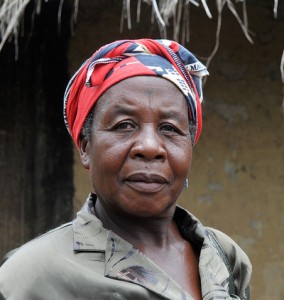
Agricultural input subsidies may help reduce the gender gap in modern maize adoption in Malawi
 Female farmers in Sub-Saharan Africa display relatively low rates of adoption of modern crop varieties in comparison to male farmers. This gender gap in modern crop adoption prevents women from receiving higher crop yields and improving their standards of living, which is detrimental to women’s empowerment in the region. A study published in the April 2014 edition of Food Policy sought to investigate the gender gap in modern maize adoption in Malawi and whether or not Malawi’s Farm Input Subsidy Program (FISP) had influenced this gap.
Female farmers in Sub-Saharan Africa display relatively low rates of adoption of modern crop varieties in comparison to male farmers. This gender gap in modern crop adoption prevents women from receiving higher crop yields and improving their standards of living, which is detrimental to women’s empowerment in the region. A study published in the April 2014 edition of Food Policy sought to investigate the gender gap in modern maize adoption in Malawi and whether or not Malawi’s Farm Input Subsidy Program (FISP) had influenced this gap.
This was accomplished through simulations of modern maize adoption with and without FISP coupon usage for modern seeds and fertilizer, using data from the World Bank’s 2010/2011 Integrated Household Survey (IHS3) in Malawi.
The study found that gender did in fact impact the likelihood of modern maize adoption, and that FISP coupon use increased the probability of modern maize adoption by female household heads by 222 percent. The simulations of modern maize adoption with and without FISP coupon use suggested that the availability of FISP coupons increased modern maize adoption by about 177 percent for female household heads (FHH) and 31 percent for male household heads (MHH), and that the difference in modern maize adoption with and without FISP coupons was statistically significant for FHH but not MHH. This suggests that FISP has likely decreased the gender gap in modern maize adoption in the region, and that targeting agricultural input subsidies towards FHH could help to decrease the gender gap in modern crop adoption.
Link to study: Monica Fisher and Vongai Kandiwa, CIMMYT, Can agricultural input subsidies reduce the gender gap in modern maize adoption? Evidence from Malawi
